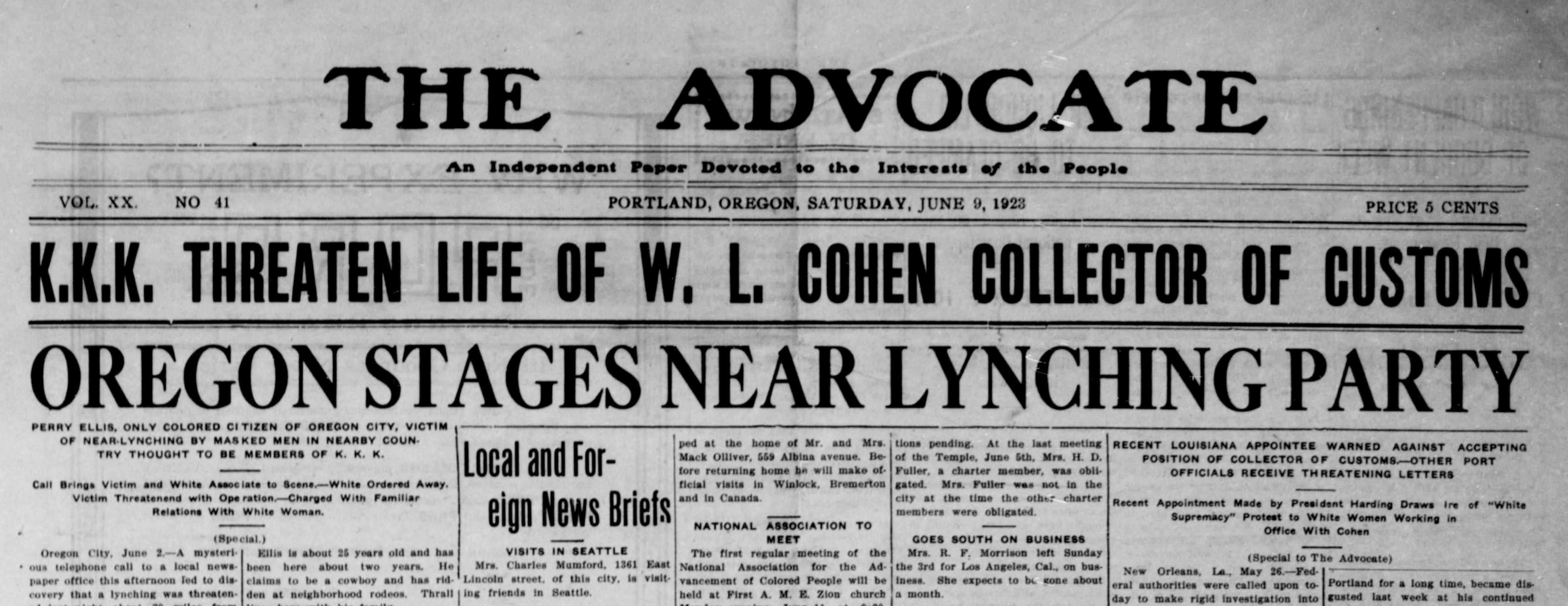The Ultimate Guide To News Articles
Table of ContentsThe 45-Second Trick For News ArticlesUnknown Facts About News ArticlesFacts About News Articles RevealedMore About News ArticlesGetting My News Articles To Work
Excellent understanding of various topics gives pupils an one-upmanship over their peers. Although electronic and social networks are easily obtainable, we ought to not fail to remember just how crucial it is to read the newspapers. Parents need to attempt and instill the routine of reviewing a paper as an everyday routine to proceed the legacy of the revered print medium.News tales likewise contain at the very least one of the complying with important attributes relative to the designated target market: closeness, prestige, timeliness, human interest, curiosity, or repercussion.
Within these limits, information stories also aim to be extensive. Among the bigger and a lot more respected papers, justness and balance is a major variable in offering information.
Papers with a worldwide target market, for example, tend to utilize a much more official design of composing. News Articles.; common style guides consist of the and the United States News Style Book.
All About News Articles
As a rule, reporters will certainly not use a lengthy word when a short one will certainly do. They use subject-verb-object building and construction and dazzling, active prose (see Grammar). They supply anecdotes, instances and metaphors, and they rarely depend on generalizations or abstract ideas. News writers attempt to stay clear of utilizing the same word greater than when in a paragraph (often called an "echo" or "word mirror").
However, headings occasionally leave out the topic (e.g., "Jumps From Boat, Catches in Wheel") or verb (e.g., "Cat woman fortunate"). A subhead (additionally subhed, sub-headline, subheading, caption, deck or dek) can be either a subservient title under the major heading, or the heading of a subsection of the write-up. It is a heading that comes before the major text, or a group of paragraphs of the major text.

Added signboards of any of these kinds might show up later on in the post (particularly on succeeding web pages) to tempt additional reading. Such billboards are additionally used as pointers to the short article in other sections of the publication or website, or as advertisements for the piece in other publication or sites. Common structure with title, lead paragraph (recap in strong), other paragraphs (details) and call details.

Instance of a hard-lead paragraph NASA is proposing one more space project. The company's budget plan request, revealed today, consisted of a strategy to send an additional goal to the Moon. This moment the agency hopes to develop a long-lasting facility as a jumping-off factor for various other room adventures. The budget demands approximately $10 billion for the task.
The NASA announcement came as the agency asked for $10 billion of appropriations for the task. An "off-lead" is the 2nd most crucial front page information of the day. The off-lead appears either in the leading left corner, or directly below the lead on the. To "hide the lead" is to start the article with history info or details of second value to the readers, compeling them to learn more deeply right into an article than they must have to in order to find the necessary points.
The 9-Minute Rule for News Articles
Typical use is that a person or 2 sentences each form their very own paragraph. Reporters usually explain the organization or structure of a newspaper article as an upside down pyramid. The necessary and most intriguing aspects of a story are put at the start, with supporting information following in order of diminishing importance.
It enables people to check out a topic to just the depth that their interest takes them, and without the imposition of details or nuances that they could think about irrelevant, but still making that details readily available to much more interested readers. The upside down pyramid structure likewise allows posts to be cut to any kind of approximate length throughout layout, to suit the space readily available.
Some writers begin their tales with the "1-2-3 lead", yet there are lots of sort of lead readily available. This style invariably begins with a "5 Ws" navigate to these guys opening paragraph (as find out here now explained above), followed by an indirect quote that offers to support a significant element of the initial paragraph, and after that a straight quote to sustain the indirect quote. [] A twist can refer to numerous things: The last tale current broadcast; a "satisfied" tale to finish the show.
Longer write-ups, such as magazine cover posts and the pieces that lead the inside areas of a paper, are recognized as. Feature tales differ from straight information in numerous methods.
Excitement About News Articles
The journalist often information communications with meeting subjects, making the item more personal. A feature's initial paragraphs often associate an appealing moment or occasion, as in an "unscientific lead". From the particulars of a person or episode, its view swiftly expands to abstract principles concerning the tale's subject. The section that signifies what an attribute has to do with is called the or billboard.

The Editor's Toolbox: A Recommendation Guide for Beginners and Professionals (2001) Allan M. Siegal navigate here and William G. Connolly. The New York Times Handbook of Design and Usage: The Official Style Overview Utilized by the Writers and Editors of the Globe's Many Authoritative Paper (2002) M. L. Stein, Susan Paterno, and R.